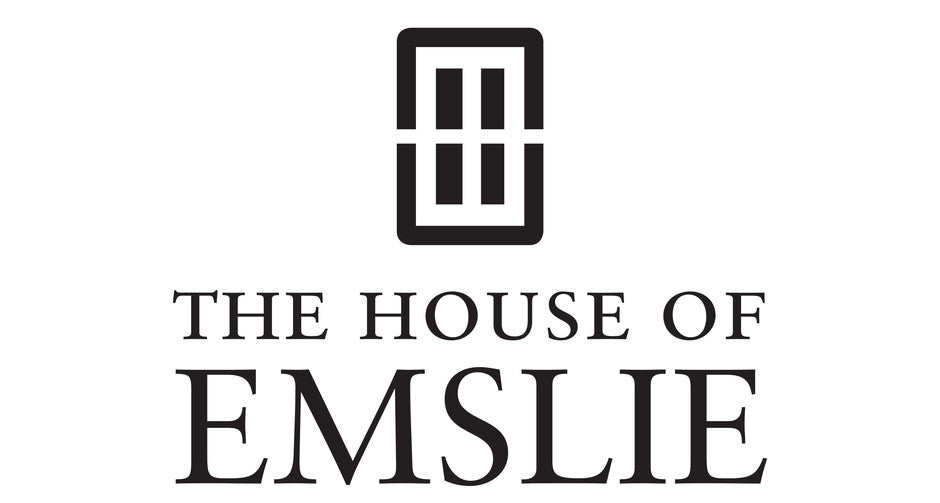Paysage De La Highveld II
by Herman Charles Bosman
When I was at the Cape recently I was often made acutely unhappy, in the course of a ramble along, say, Camps Bay beach – or, for that matter, Muizenberg or the Somerset Strand – through the circumstance that every hundred yards or so I would be confronted with a typical South African artist’s painting of a seascape. Azure skies and ultramarine ocean and brown rocks in the left foreground. It was all such obvious beauty – colour, composition, everything – just the sort of painting that the general public thrills to. Every other hundred yards I was confronted by yet another picture painted by a second-rate artist.
I saw thousands of these second-rate paintings along the Cape beaches, and they were an interminable source of distress to me. All they needed were frames. After a while it seemed to me that a lot of those paintings actually were framed, and that some of the frames even had little red tabs on them. One day, after I had passed a large number of daubs like that, all in a row, I found myself absent-mindedly putting my hand in my pocket for the catalogue. I knew then that I must never again take a stroll along any part of the Cape Peninsula seafront.
But it’s different speeding along Transvaal highveld roads, a few miles outside Johannesburg, by bus or farm-lorry, in the dew-drenched light of a new day, before the sun is up. This is a different class of work altogether. For one thing, a lot of it is in watercolours: swift strokes with a full brush – as often as not flung down, apparently just anyhow, on soaking wet paper, with breathtaking mastery, and with the superb carelessness of certainty. And it is all early impressionism, before the impressionists became mathematicians. And just outside the Johannesburg municipal area there is a magnificent example of near-fauvism, an extraordinary piece of work, a thrilling smudge of dark trees with silver light breaking through them, against a background of blurred hills and earthy sky.
There is also an interesting painting, higher up along the Muldersdrift Road, with rows of trees and a couple of farmhouses carefully laid out in accordance with a complicated system of receding planes. But while I can admire the cleverness of this canvas, it doesn’t make a strong and direct emotional appeal to me. I can sense in it the beginning of the trompe l’oeil decadence of the last years of the nineteenth century.
The last piece of early impressionism on the road comes into view at the very moment of sunrise. I can’t, just at the moment, recall the name of this picture. And I can’t make out the artist’s signature, which looks like a scrawled ‘G’ with some wrigglings after it (which makes me think that it might be Gauguin before he went to the South Seas). On the other hand, it might equally be an ‘S’ with some scribbling after that. Seurat, perhaps? I have often wondered.
I have asked the bus-driver, but he says he doesn’t know.
Postscript
It is springtime on the farm. The almond trees and the apple trees, the peach and apricot and cherry trees, are covered in pink and white blossom. And I, neurotic city-dweller, whom the springtimes of the last four or five years have passed by with studied nonchalance – bringing me neither enchantment nor rapture nor heartache – gaze upon the annual miracle of bursting blooms without the awakening of memories and without wonderment.
Next →
← Previous





